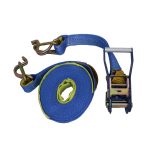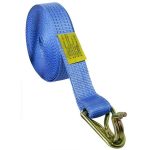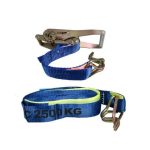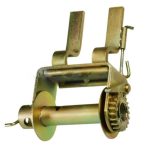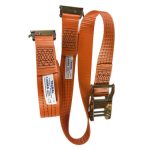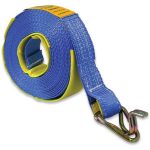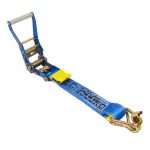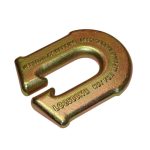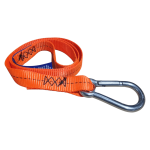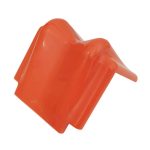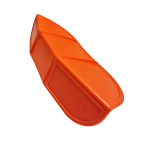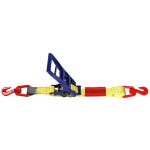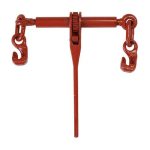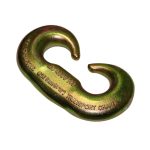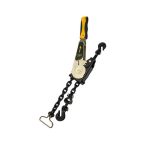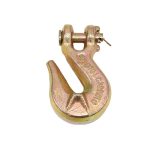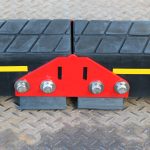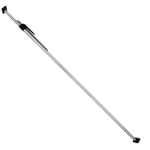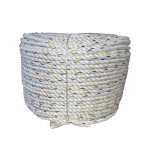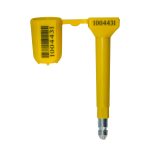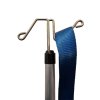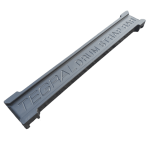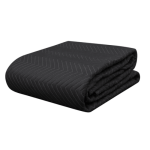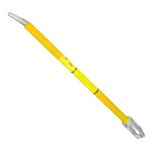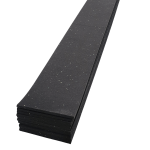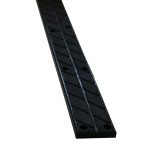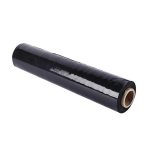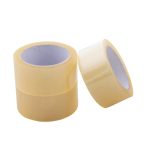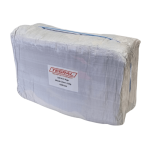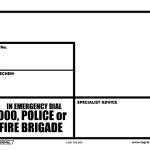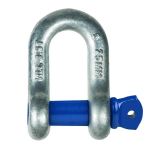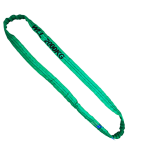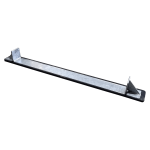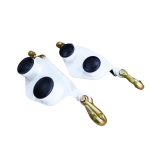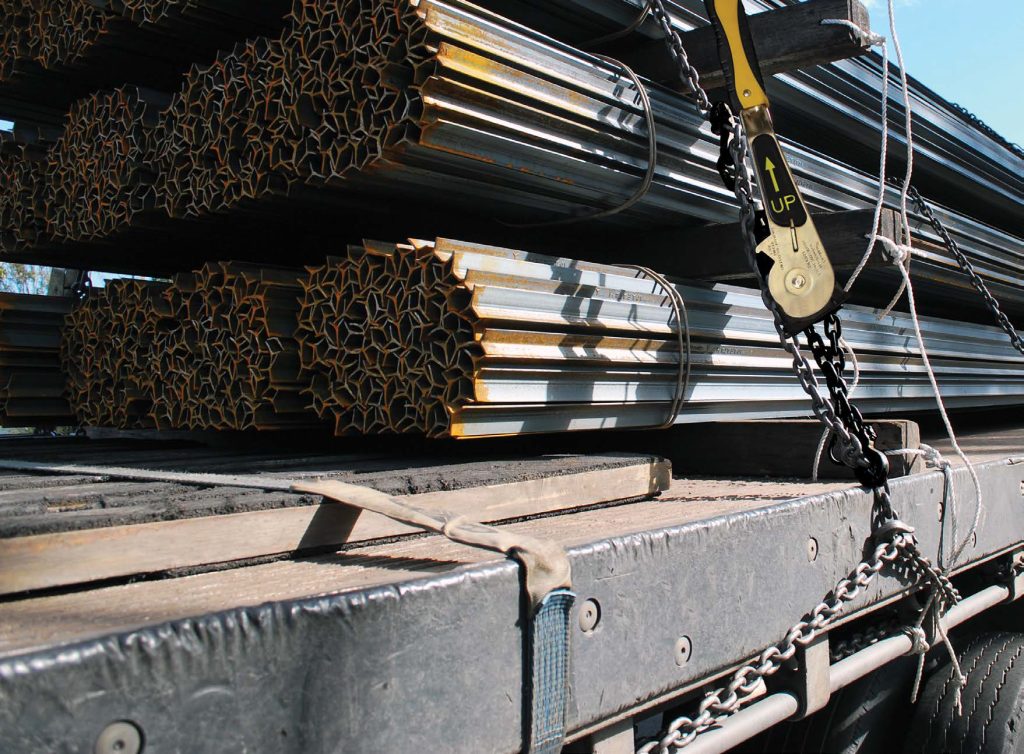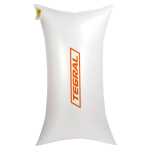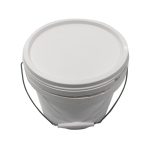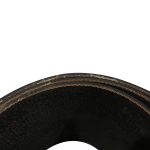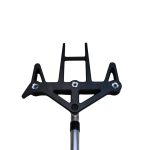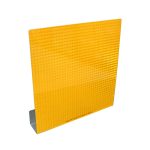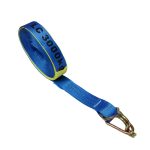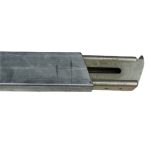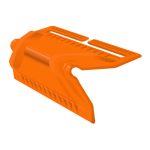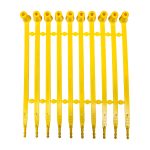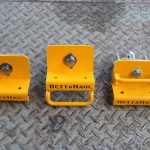The Maxibinder is a favourite chain binder tool, & has been adopted by basically all transport companies. As a result of the Maxibinder’s overtaking the lever load binder in popularity, market studies indicate that workplace accidents have decreased at remarkable rates.
The broad rubber handle, which is simpler to hold, and the enclosed locking mechanism are both exceptional features that operate ergonomically and are intended to prevent slack tensioning during transit. Because of how portable and simple to use it is, the binder is a particularly well-liked item in the transportation sector.
FEATURES:
- Ergonomically designed.
- Safer, quicker, and easier to use.
- 1/8 chain link length adjustment.
- Alloy steel, heat treated for durability.
- Designed for higher pre-tensioning strength.
- Designed and manufactured to AS/NZS 4344
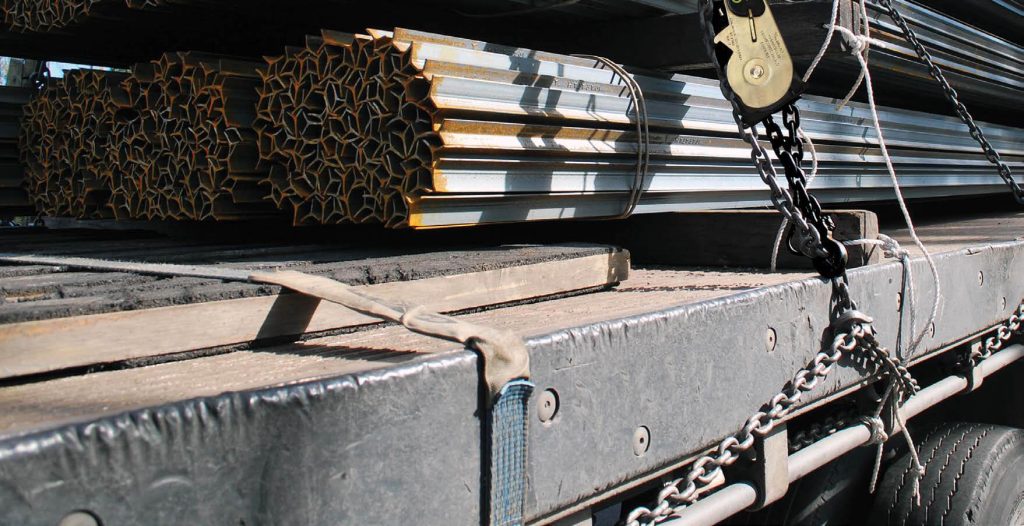
INSPECT MAXIBINDER BEFORE USE:
- To prevent jamming, make sure there is no dirt or soil inside the mechanism.
- Pull the chain in both directions to make sure the chain wheel is freely revolving by lowering the handle to the freewheel position.
- Lift the control plate, slide the handle towards the front, and check the operation of the stop plate, springs, and ratchet mechanism.
- Be aware that the handle has a safety lock mechanism built into it. This mechanism locks the handle in a firmly completed (stowing) position to stop the pawl from releasing due to vibration or shackling.
HOW TO TENSION:
Step 1
Put the handle of the Maxibinder in the finished, upright (stowing) position.
Step 2
Make sure the binding chain is not twisted as you attach the top hook of the Maxibinder to it.
Step 3
Pull out the control plate after connecting the top hook.
Step 4
The handle will be locked into the freewheel position if you push it all the way down to the end.
Attention: Before connecting a chain to the binding chain, pull the bottom hook out and make sure there is no twist in order to increase the lashing capacity.
Step 5
Connect the bottom hook to your binding chain at the furthest position after fully removing the chain from the binder.
Step 6
Release the control plate after pulling the control plate once more, then begin tensioning the spring by moving the handle up and down. There will be tension in the bottom hook.
Step 7
Only 50 kg on the handle is required to generate around 750 kg of force between the hooks. This is greater than the Australian Standard requirement that BlueScope and other Australian businesses require.
Step 8
The Maxibinder’s typical chain movement is 300mm; if you notice that the bottom hook is close to the body but your load is still loose, check and repeat it as follows:
- Sort the loose ends on your binding chain, then repeat.
- If you noticed retention load, during binding, look for any deforming of your load.
Step 9
Upon completion of the ratcheting, make sure the handle is stored upright and that the safety lock is properly engaged.
Source: Australian Lifting Centre




